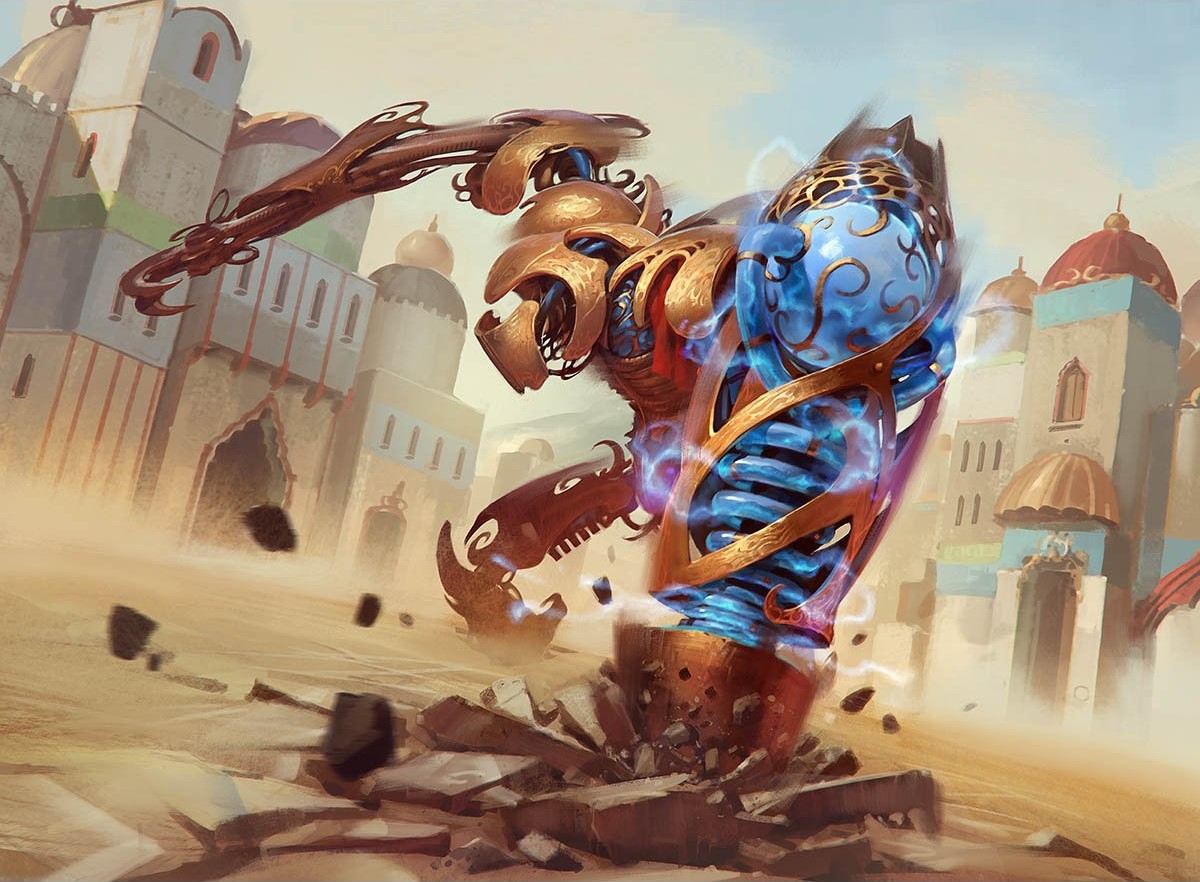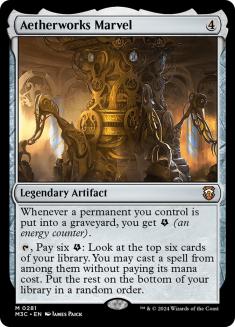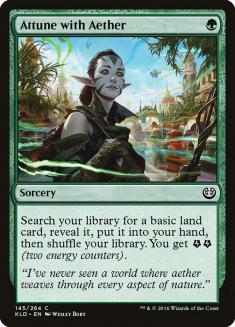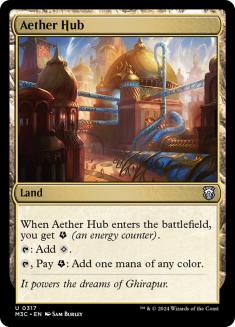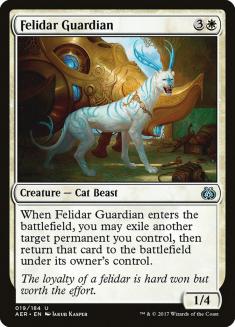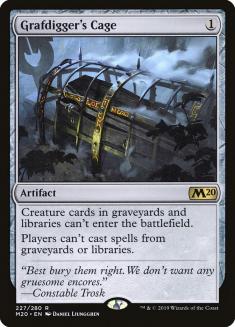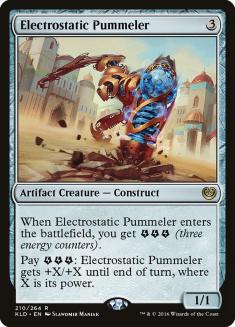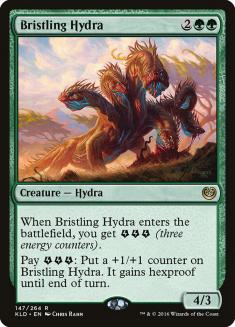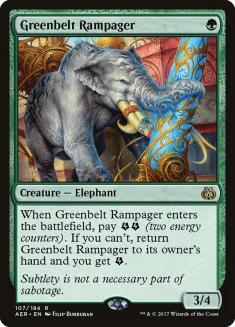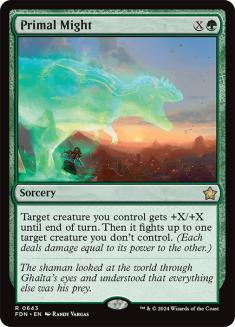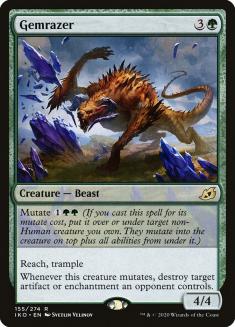Kaladesh Remastered arrives this week, bringing one of the most memorable and powerful blocks in recent history into the Historic format. And while some of the block’s best cards, notably Smuggler’s Copter, Felidar Guardian, and Walking Ballista, have been left out of the digital reboot, it’s sure to have a significant impact for all the MTG Arena grinders out there.
Of course, the release of the set will bring with it a rush of nostalgia for all of the Kaladesh-era Standard players looking to bring back their favorite archetypes. Leading the pack in this regard is the energy mechanic, which dominated in a host of different shells, leading to a series of bans that culminated in Rogue Refiner and Attune with Aether getting the axe.
But despite the many archetypes that the energy mechanic spawned in its day, most of the hype now is surrounding one card: Aetherworks Marvel.
Marvel was one casualty in that series of bans after it dominated the metagame following the removal of Felidar Guardian. The raw power of the card is clear, letting you cast any spell in the format on the fourth turn of the game. Ulamog, the Ceaseless Hunger and Ugin, the Spirit Dragon are great options that are both legal in Historic, and Turntimber Symbiosis lets you squeeze some other solid hits into the deck in slots that would otherwise be lands, so your fail rate is lower.
So I’m not surprised at the hype Aetherworks Marvel is getting, even from my fellow content creators. Emma Handy led her article on Kaladesh Remastered last week with a solid list, and Patrick Chapin went in depth on the card, offering several potential variants. That’s two strong endorsements.
But if I’m being honest, I’m not buying the hype here. We already went through this with Pioneer, when Aetherworks Marvel was among the previously banned cards that completely fell flat, never making an impact on the format at all. Historic is on a similar power level to Pioneer since the addition of powerful cards like Muxus, Goblin Grandee; Phyrexian Tower; and Pact of Negation, so I don’t see Aetherworks Marvel dominating this format on power level alone.
If Aetherworks Marvel is going to be successful, it’s going to have to offer something unique and valuable that you can’t otherwise get in Historic. So let’s look back at what made energy so powerful during its time in Standard and see if there’s a way to replicate that success.
It’s All About the Mana
The secret to energy’s success is often overlooked but really quite simple —utilizing energy ensured you had the best mana. The two-color lands in Standard during this time were weak. You got enemy-colored fastlands, which were nice, but otherwise had to make do with Battle lands, Shadow lands, enemy-colored creature-lands, and cycling lands from Amonkhet. It’s telling that these are the two-color land cycles that see the least play in Pioneer.
As a result, Attune with Aether and Aether Hub were among the best fixers in the format. Most other decks were forced to play two colors and still have consistency issues, or stretch further to get a bit more power at the cost of even more consistency issues, like Mardu Vehicles. But energy decks of all stripes consistently played three or even four colors with little problem.
This manabase afforded them a greater card pool to draw from, and thus led to a more powerful, flexible deck, especially when you consider sideboarding. Energy decks almost always improved their matchups when sideboarding so long as you were prepared for the right metagame.
In Historic, much like in Pioneer, playing with Attune with Aether and Aether Hub is a real cost, because the available mana fixing is much better. So now you’re actually losing consistency and flexibility by filling your deck with energy cards, so you need a powerful payoff for doing so to be worthwhile. And while Aetherworks Marvel can do some powerful things, it’s not appreciably more powerful than something like Neostorm.
The Energy Cards Kinda Stink
Of Course, Aetherworks Marvel can also pay you off by being a combo deck that is capable of winning a fair game. Energy decks of all stripes did this in Standard, often applying pressure with Rogue Refiner and Whirler Virtuoso and putting the opponent in the awkward position of having to either answer the threats that were actively killing them, or preparing for an eventual Aetherworks Marvel or Felidar Guardian.
The flexibility of being able to play fair and unfair was a big part of energy’s success in Standard, and yet this versatility has also failed to translate into older formats. And that’s because cards like Rogue Refiner and Whirler Virtuoso, which were a fine rate for Standard, are below par in older formats, where the barrier to entry on power level is higher.
Goblins decks are casting Muxus on Turn 3, blocking with Thopter tokens is embarrassing in the face of Embercleave, and any card advantage these cards generate is laughable in the face of Uro, Titan of Nature’s Wrath. When you played these cards in Standard you were on the level with everyone else, and gained a significantly better manabase and the best removal spell in the format in Harnessed Lightning. Now the only payoff is your Turn 4 Aetherworks Marvel draws.
The Elephant in the Room
As I noted above, those Marvel draws aren’t far beyond other over the top strategies people are employing in Historic, but it would still be attractive if there wasn’t a lot of good interaction for it in the metagame. And unfortunately for any Marvel lovers out there, the card falls victim to one of the most-played sideboard cards in the format: Grafdigger’s Cage.
Between Neoform, Collected Company, and Muxus, just to name a few, Grafdigger’s Cage is the premier hate card for Historic sideboards. And because Aetherworks Marvel casts the spell from your library, it’s going to be another member of that list. Sure, you can sideboard some Abrades or Reclamation Sages and answer the Cage a fair amount of the time, but for a deck that is relying heavily on Aetherworks Marvel to win because its enablers are so weak, running into the most common sideboard hate card is a big problem.
There could be a way around these problems by leaning into more of a ramp backup plan with Growth Spiral and Nissa, Who Shakes the World, but it’s hard to fit all of that along with the necessary energy enablers to consistently reach six energy by Turn 4. And with all of the issues facing Aetherworks Marvel, I’m not confident that such a deck would be any better than just ditching the energy entirely and being a ramp deck.
The Real Energy Payoff
If you’re aiming to play with energy cards in Historic, you need a deck that can play a non-interactive game like Aetherworks Marvel but utilizes the energy cards as part of that gameplan that’s more than just adding energy. Also, for consistency’s sake, you shouldn’t be so reliant on finding a specific card early in the game.
Looking at the following list, Electrostatic Pummeler checks those boxes:
Creatures (20)
- 4 Voltaic Brawler
- 4 Bristling Hydra
- 4 Electrostatic Pummeler
- 4 Servant of the Conduit
- 4 Greenbelt Rampager
Lands (20)
Spells (20)

Pummeler was a fringe archetype during its time in Standard, but I think it has the potential to shine in Historic. The key here is twofold. First, you’re taking full advantage of one of the most powerful aggressive finishers ever printed in Embercleave. That card is so good that I’ve increased the creature count past where it would otherwise be and skimped on pump spells to do it, though it’s possible the numbers can be shifted back in the other direction in tuning.
Embercleave is great with your other pump spells, great on a Pummeler, and particularly excellent with Bristling Hydra and its built-in hexproof. Against opponents who overload on spot removal and answer your first couple threats, a Turn 4 Hydra into Turn 5 Embercleave is going to easily win the game. And it’s hard to overstate the ability to cleanly win through the most obvious way players will prepare to beat you.
Second is that the gameplan in this deck, to build and protect one or two key threats, ensures that cards like Servant of the Conduit and Voltatic Brawler, which normally wouldn’t be good enough for an aggro deck, are perfectly fine. When you’re Embercleaving plus Colossusing a creature, whether it started as a glorified Grizzly Bears isn’t that important. You’re downgrading in those creature slots in order to play Harnessed Lightning as a versatile removal spell, and two excellent creatures for your strategy in Electrostatic Pummeler and Bristling Hydra. That’s a tradeoff I’m happy to make.
Greenbelt Rampager is the first card to cut if you need more raw power, but per usual, I’m starting with a list that maxes out on the energy synergies. You could easily play Burning-Tree Emissary to move in a more purely aggressive direction and set up Embercleave better, or go for something like Bonecrusher Giant to get a little more interaction as well as some reach. The key in tuning is to figure out the minimum number of weak energy cards you need to play in order for the engine to operate smoothly, and from there opt for more powerful filler cards.
This deck is set up to kill consistently on Turn 4 or 5, so it’s about on par with the format in terms of speed, and most reasonable curves of creatures and pump spells will reach that goal. While the deck may be named after it, you’re not at all reliant on finding an Electrostatic Pummeler. That consistency is invaluable for a deck that doesn’t interact much, because you need to have your opponent on the back foot before their better late-game spells start showing up.
Lastly, this list has a surprisingly good-looking sideboard. Typically, linear aggro decks have weak sideboards because you can’t cut too far into your main plan without weakening your entire strategy, but the Historic card pool offers a few solid pieces of interaction like Abrade and Grafdigger’s Cage as well as some matchup-specific threats in Garruk’s Harbinger and Shifting Ceratops that are great Embercleave targets when you know your opponent will struggle to interact with them.
But my favorite sideboard cards here are Primal Might and Gemrazer. Primal Might even snuck its way into the maindeck as the last pump spell, but it playing double-duty as both pump and removal is key for letting this deck interact when necessary without disrupting its own plan too much. It also happens to synergize well with your best threats: Electrostatic Pummeler and Bristling Hydra.
Gemrazer fits a similar mold, offering interaction and pump, playing especially well with Pummeler by making it permanently into a 4/4. Interestingly, because a mutated creature gets its characteristics from the top of the stack, you can use Gemrazer to get around the static ability of Karn, the Great Creator for a surprise kill with a Pummeler.
So these are both cards that get around the problem that typically plagues these decks when sideboarding, offering you the needed interaction for your opponent while still advancing your plan of going over the top with one or two large threats.
It’s strange to think that an energy payoff which was worse than Aetherworks Marvel in their Standard environment would translate better to Historic, but that’s how Magic goes sometimes. Context is everything in this game, and while we should use history as a guide, we should remain flexible and allow our evaluation of certain cards or strategies change as the context around them changes. Such is the case with Electrostatic Pummeler and Aetherworks Marvel.
So come Thursday, I encourage you to leave behind your dreams of Turn 4 Ulamogs and instead opt for some good, old-fashioned beatdowns.

